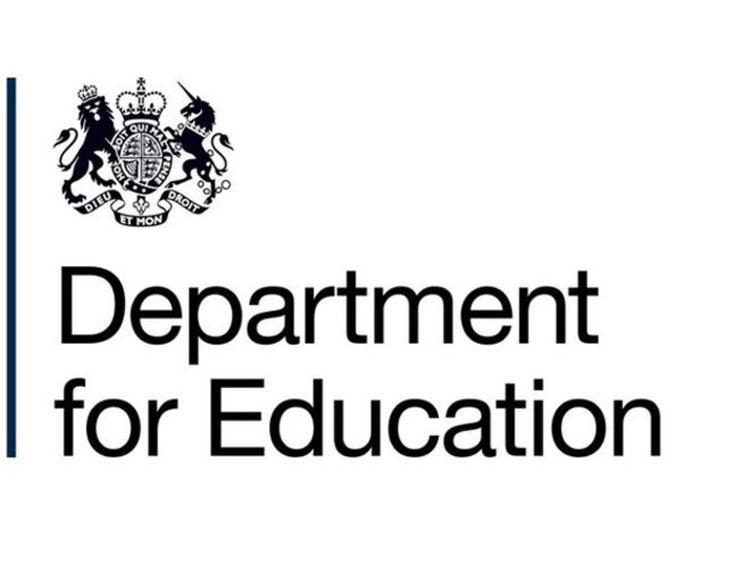How the ESFA measures the performance of FE providers it funds

Guidance on qualification achievement rates and how the ESFA provides an indication of quality
Our approach to school and college accountability, performance tables and data during the coronavirus (COVID-19) outbreak
We previously confirmed that we will not publish any institution-level QARs in the national achievement rate tables for the 2019 to 2020 academic year in response to COVID-19.
We also announced that data will not be used by others, such as Ofsted, local authorities or devolved authorities or within ESFA and DFE, to hold institutions to account. Therefore, we will not supply 2019 to 2020 QARs for institutions to use internally themselves.
We are currently reviewing what data we will publish for statistical purposes in 2021 for the 2019 to 2020 QARs but, it will not contain any data at institution level.
You are still able to check your data is accurate. The Inform: May 2019 article explains which funding monitoring reports impact on QARs and some of the common data issues we encounter.
What are qualification achievement rates (QARs)
QARs give one measure of how well further education colleges and training organisations perform in each year. In basic terms, QARs calculate what proportion of learning was successfully completed. The result is shown as a percentage figure.
QARs are produced for apprenticeships, 19+ education and training (AEB and Adult Learner Loans) and 16 to 18 programmes reported to the ESFA under Funding Model 25.
We produce summary data and a detailed data extract four times a year for:
- in-year QARs based on the June R10 data
- in-year QARs based on the August R12 data
- provisional QARs in January (following R04)
- final QARs in March
View your QARs
You can view QARs on the View your education data service.
You need to request IDAMs roles from your organisations super user. The role you need is: ‘View Your Education Data – QAR’.
Role requests will go to your organisation’s super user. They will be able to approve the request for you.
Check your QARs
Check your in-year QAR reports
In-year QARs, allow you to review your learner achievement rate performance, check your data and correct any issues in your individualised learner record (ILR) data before the closure of return period 14 in mid-October.
You should review your QARs to understand what training you’re doing well, what areas you think you can improve and to amend any errors before R14.
Data cannot be changed after the final R14 window closes.
Check your final QAR data
In January each year, we provide a provisional QAR report before the final QAR is published in March.
Provisional QARs allow you to check your data and ensure that we have applied our published methodology correctly.
We use the final QAR for:
- national statistics
- minimum standards (where appropriate)
- activities such as performance management
Provisional QARs are published 9 January. If you think there is an error with our calculations, please let us know before 31 January.
Resolve your queries
The funding rules and monitoring reports on submit learner data allow you to review your data and make any corrections before the R14 close.
Reports are provided every collection from R04 onwards.
The in-year QAR data provided at R10, R12 and the funding monitoring report at R13 tell you what needs to be corrected before the R14 hard close.
Common data issues can be resolved by checking:
- learners not included or excluded from the QAR calculations as expected
- overdue continuing aims
- overdue planned breaks
- incorrect recording of the ILR field ‘Learner reference number in the previous year
Our published technical guidance provides further detail about how we have calculated your QARs.
You can also use feconnect to discuss data related queries with other training organisations.
If you believe your data is incorrect after reviewing and correcting any issues then you can raise a query using the QAR query form.
We will aim to respond within five days.
The Inform: May 2019 article explains which Funding Monitoring Reports impact on QARs and some of the common data issues we encounter.
Understanding our terminology to resolve your queries
Overall achievement rates include learners who achieved their qualification a little later than the training provider had expected. It is:
- the achievement of the qualification aim, based on the later of the planned or actual leaving date
Timely achievement rates measure whether learners achieved within the timeframe the training provider had expected. It is:
- if the qualification achievement occurs on, before or within 90 days of the planned end date
To decide which year’s QAR data a learner’s data is included in, the ESFA creates a ‘hybrid end year’.
This is based on the latter of:
- the achievement year (for apprenticeship standards on funding model 36 only)
- the planned end year of the learning aim
- the actual end year of the learning aim
- the reporting year
Compare your performance against national benchmarks
We use final QAR data for national statistics.
The data is published to the National Achievement Rate Table (NART), so you and other organisations can benchmark against national averages.
Published 9 January 2020
Last updated 29 July 2020 + show all updates
-
We have updated our approach to school and college accountability, performance tables and data and confirmed that we will not supply 2019 to 2020 QARs to institutions.
-
We have updated this page to highlight the updated guidance on publishing institution level qualification achievement rates in the national achievement rate tables for the 2019 to 2020 academic year in response to coronavirus
-
First published.












Responses